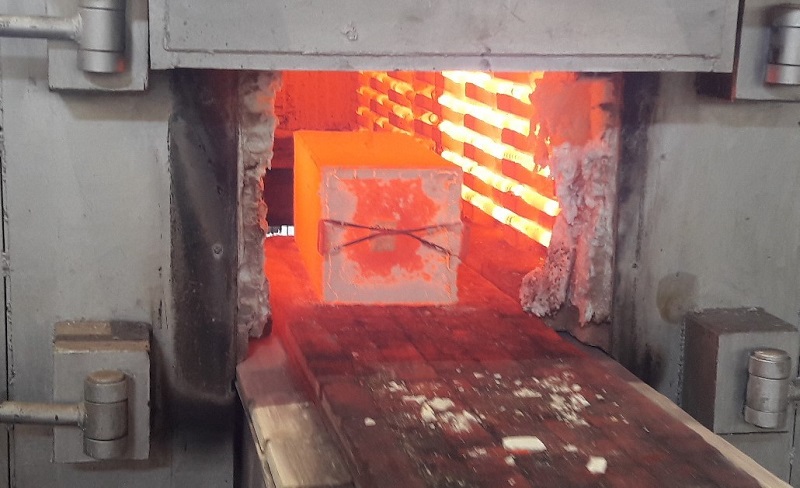The heart of each foundry is the melting furnace in which the metal is liquefied. These furnaces use different technologies to melt the material. The aim of each furnace, however, is to consume as little heat and fuel as possible.
Metal casting makers use a large sort of furnace technologies. Foundries require furnaces which can produce metal alloys and additives in a wide range of casting qualities. These four furnaces are most frequently utilized in producing foundries.

Induction Furnaces
As the name implies, these furnaces use induction technology with alternating electric currents to achieve the desired melting temperature of the metal. Induction furnaces are widely utilized in foundries because they’re of prime quality, simple to control and energy efficient. An extra advantage of this kind of furnace is that it can melt both small quantities of less than one kg up as well as larger volumes of up to one hundred tons.
Crucible Furnaces
Crucible furnaces are manufactured from refractory materials like ceramics because they’re exposed to very high temperatures and need to withstand them. The crucible is placed above a heat source to melt the metal and additives it contains. The sizes of the crucibles vary greatly. There are also differences in the design and heating system of the furnaces. Apart from movable and fixed crucible furnaces, there are tilt able and fixed crucible furnaces. A distinction must also be made between resistance-heated and fuel-heated furnaces.
Cupola Furnaces
Cupola furnaces have been used in foundries for a long time. Characteristic of these furnaces is the high, cylindrically shaped chimney, which in turn is lined with clay, bricks and blocks to protect the interior of the furnace from the enormous heat, abrasion and oxidation. For the melting process, several layers of ferroalloys, coke and limestone are placed in the furnace before the metal is added. This results in a chemical reaction in which the impurities in the furnace float on the surface of the metal. In practice, only a few foundries still use cupola furnaces, as the more energy-efficient induction furnaces have prevailed over the classic cupola furnaces.
Electric Arc Furnaces
The electric arc furnace is an electric furnace in which an electric arc generates the heat required to melt the metal. To this end, carbon electrodes are used. In practice, electric arc furnaces are primarily used for melting steel scrap that is used to manufacture new produces.
When choosing a suitable furnace, it can also help to find out which furnaces are used by competitors in the industry.
Material recycling is also the focus of many smelting furnace manufacturers, like KERONE, who produces highly efficient aluminum smelting furnaces. The manufacturer has developed a furnace that melts aluminum chips and recycles material and ingots to confirm sustainable use. Here you’ll be able to notice a lot of information on the melting furnace.
The recycling plant of KERONE also focuses on recycling. The company has commissioned a new rotary furnace for melting aluminum scrap in order to meet the growing demand for this light metal. Around 90 % of the aluminum in circulation can be recycled in this way.
While smaller plants already use new, energy-efficient recuperation gas burners with lower CO2 emissions, this technology is now also available for the proven dosing and melting furnaces with high melting capacities offered by KERONE.
